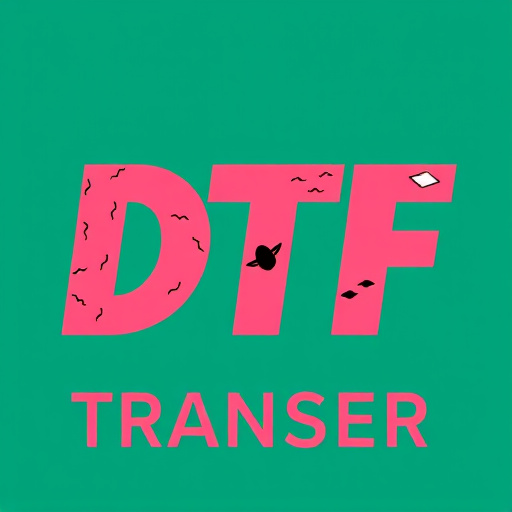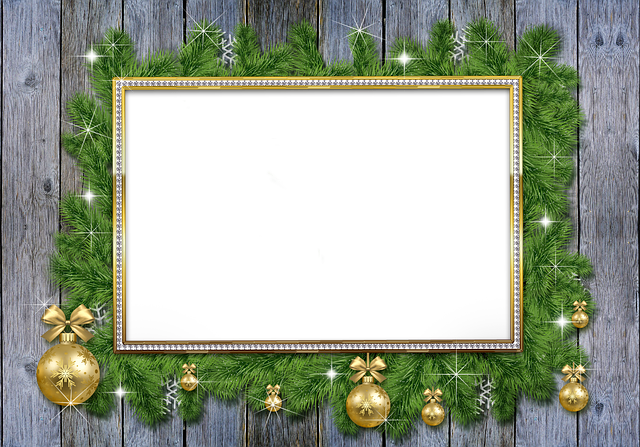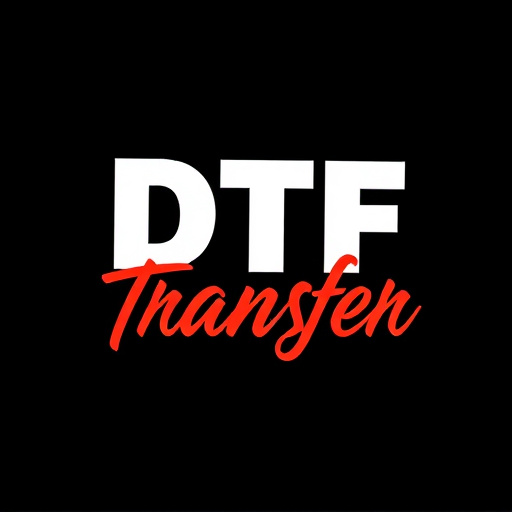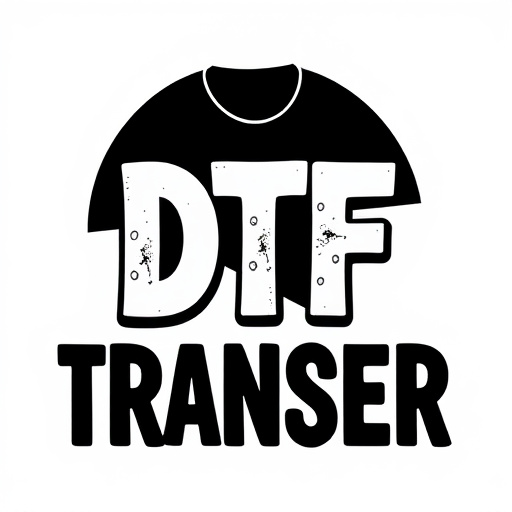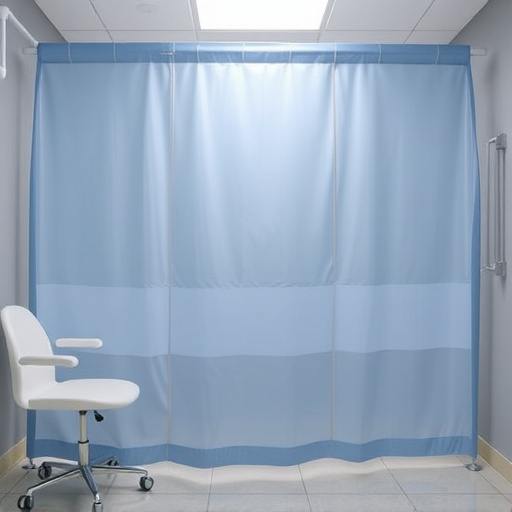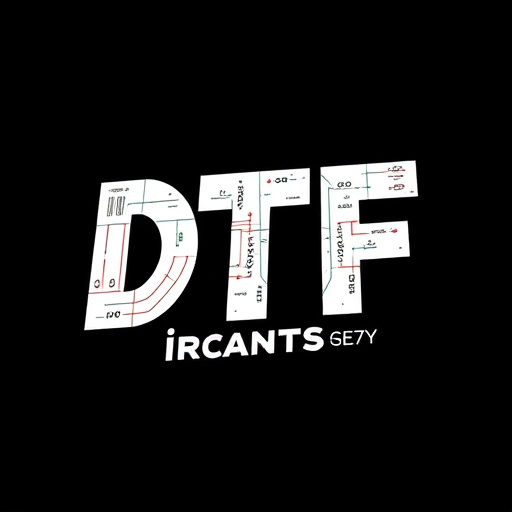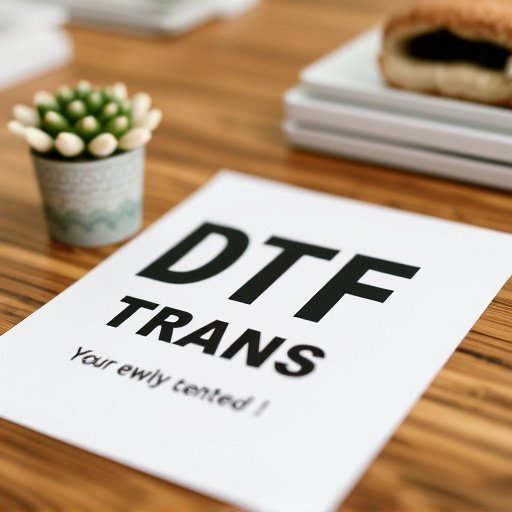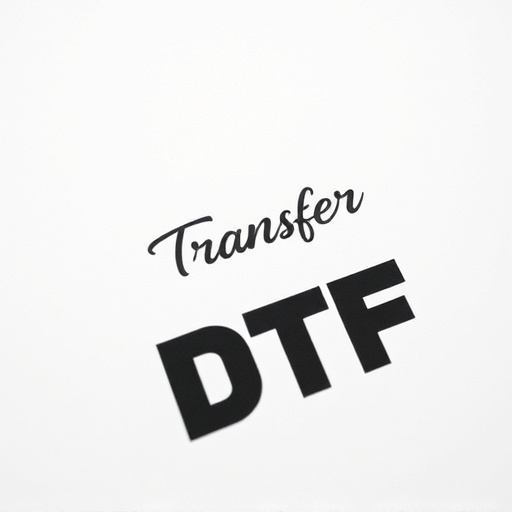This text explains Direct to Film (DTF) transfer and printing – a cutting-edge method for creating top-quality, long-lasting prints on fabrics. By using specialized paper, DTF directly transfers ink from a film or plate onto fabric with precision. The process requires preparing designs at high resolution (300 DPI or more) in compatible formats like PNG or SVG, avoiding complex details, and using CMYK color mode. After approval, designers set up screens or stencils for printing; emulsion is applied, exposed to light, and washed away, leaving a stencil through which ink is forced, creating vibrant DTF prints. Best practices include testing on fabric swatches, considering fabric properties, and optimizing design files for accurate replication.
“Unleash your creativity with Digital Thermal Transfer (DTF) printing by submitting pre-arranged designs. This innovative process offers a streamlined approach to creating high-quality prints. In this comprehensive guide, we’ll explore the benefits of pre-submitted designs, from enhancing efficiency to ensuring precision. Learn how to prepare your artwork, navigate the workflow, and master best practices for successful DTF transfers. Discover the art of DTF Printing, where design meets technology, resulting in vibrant, accurate prints.”
- Understanding DTF Transfer and Printing Process
- Benefits of Submitting Pre-Arranged Designs
- Preparing Your Design for DTF Submission
- The Workflow: From Design to Physical Print
- Ensuring Quality and Precision in DTF Prints
- Best Practices and Tips for Effective DTF Transfer
Understanding DTF Transfer and Printing Process
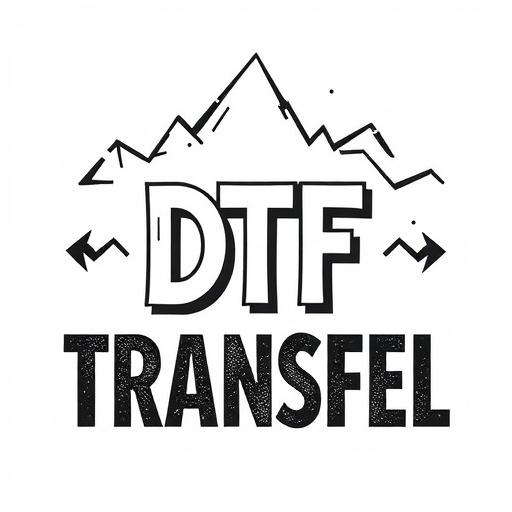
Understanding DTF Transfer and Printing Process
DTF (Direct to Fabric) transfer printing is a cutting-edge technique that enables precise, high-quality printing directly onto various fabrics. This innovative process involves transferring ink from a film or plate directly onto the fabric’s surface, creating vibrant and durable DTF prints. It offers a versatile option for designers and printers, allowing them to submit pre-arranged designs for accurate reproduction.
The DTF transfer process starts with preparing the design file, ensuring it meets specific requirements for printing. This includes proper resolution, color profiles, and format compatibility. Once approved, the design is printed onto a special transfer paper using specialized inks. The transfer paper acts as an intermediary, carrying the ink pattern until it comes into contact with the fabric during the pressing stage. This meticulous process guarantees that every detail of the design is precisely replicated on the final DTF prints.
Benefits of Submitting Pre-Arranged Designs
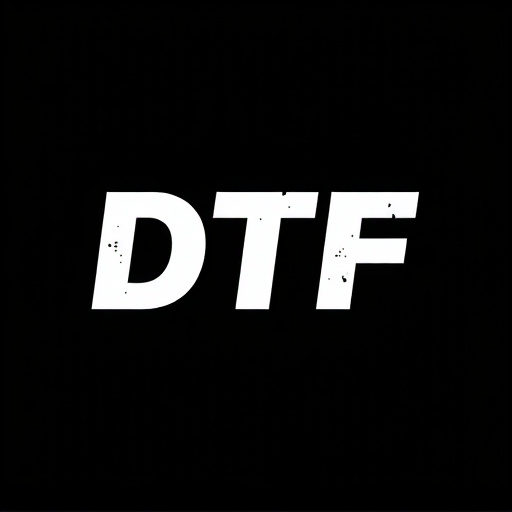
Submitting pre-arranged designs for DTF (Direct to Film) printing offers a multitude of advantages that streamline the design and production process, making it an attractive option for businesses and individuals alike. By preparing and organizing your designs in advance, you can significantly reduce turnaround times, ensuring faster delivery of your final prints. This efficiency is particularly beneficial for those with tight deadlines or time-sensitive projects, as it allows for a more controlled and predictable production schedule.
Moreover, pre-arranged designs enable a higher level of consistency and quality control. With everything in place before the printing process begins, you can catch any potential issues or errors early on, leading to neater and more accurate DTF transfers. This precision results in superior-quality DTF prints, enhancing the overall aesthetics and professionalism of your final products.
Preparing Your Design for DTF Submission
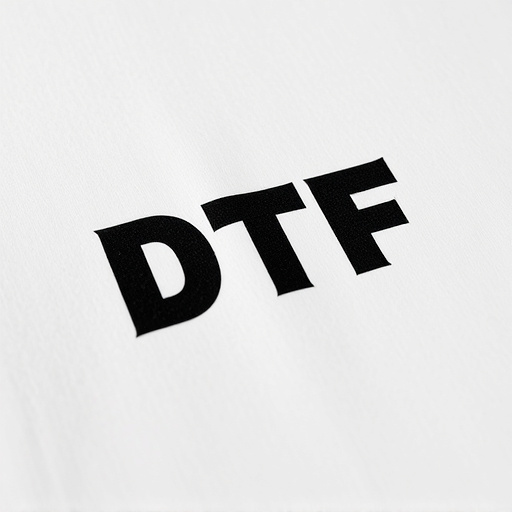
When preparing your design for DTF (Direct to Fabric) submission, it’s crucial to ensure your artwork meets specific requirements. Start by saving your design in a compatible file format, typically PNG or SVG, with a high resolution of at least 300 DPI for crisp prints. Ensure your design is optimized for fabric printing, avoiding intricate details that might be difficult to reproduce accurately on the final product.
Consider the color mode as well; CMYK is usually preferred for DTF printing as it aligns with the printing process. Remove any unnecessary elements or transparent areas that could cause issues during the transfer process. Finally, check for potential printing errors like overlapping objects or text and make necessary adjustments to ensure a flawless DTF transfer and high-quality DTF prints.
The Workflow: From Design to Physical Print
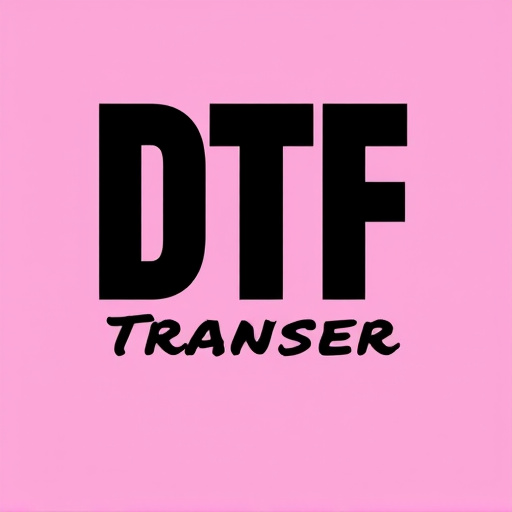
The journey from design to physical print using DTF (Direct to Fabric) transfer is a seamless process designed for efficiency and quality. It begins with designers creating their artwork, which can be submitted directly in formats compatible with DTF printing software. These designs are then carefully reviewed for any necessary adjustments or optimizations, ensuring they meet the specifications for DTF transfer. Once approved, the design is prepared for printing by setting up the screen or stencil, a crucial step that determines the precision and clarity of the final print.
The physical printing process involves applying a thin layer of sensitive emulsion through the screen onto a fabric substrate, creating a negative image of the design. After exposure to light, the unexposed areas are washed away, leaving behind a stencil that acts as a mask for ink transfer. The fabric is then placed on a printing press, and ink is forced through the stencil, resulting in crisp, vibrant DTF prints. This method allows for intricate details, rich colors, and precise alignment, making it a preferred choice for creating unique, high-quality fabric designs.
Ensuring Quality and Precision in DTF Prints

When submitting pre-arranged designs for DTF (Direct to Fabric) printing, it’s crucial to prioritize quality and precision to achieve optimal results. The DTF transfer process demands meticulous attention to detail as the design is directly applied to the fabric surface. Ensuring the design files are high-resolution and properly formatted is the first step. Using vector graphics or high-quality raster images guarantees crisp lines and accurate color reproduction in the final prints.
Additionally, understanding the material properties of the fabric is essential. Different fabrics have varying absorbency rates and textures that can impact how the DTF transfer adheres. Pre-testing on swatches of the fabric ensures that the design’s colors, outlines, and details translate accurately to the final product. This meticulous approach guarantees that the submitted designs will be faithfully replicated in the DTF printing process, resulting in high-quality, precise DTF prints.
Best Practices and Tips for Effective DTF Transfer

When submitting pre-arranged designs for DTF (Direct to Fabric) printing, there are best practices and tips to ensure effective transfer and top-quality DTF prints. Firstly, ensure your design files meet the required specifications such as resolution and format. High-resolution images with a minimum of 300 DPI (dots per inch) are ideal for achieving sharp, crisp details in your DTF transfers.
Additionally, use vector graphics whenever possible as they scale seamlessly without losing quality. Avoid using text or fine lines at very small sizes as it might become pixelated. Consider the fabric type and color when designing; darker fabrics may require a lighter ink to achieve optimal contrast. Test your design on a sample print before finalizing to ensure the DTF transfer accurately reflects your vision.

